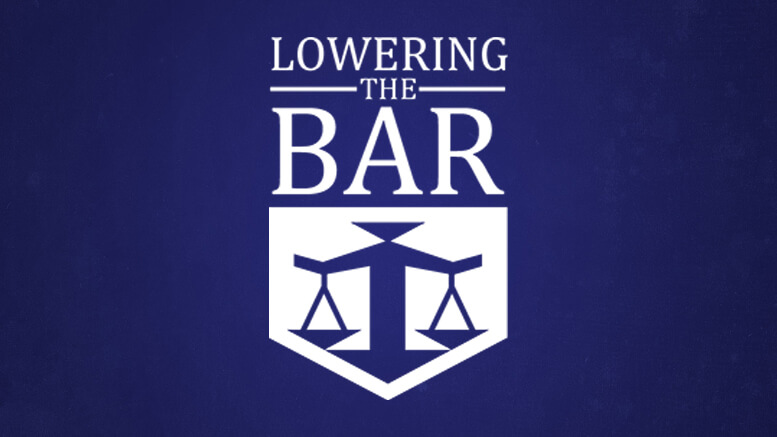This excerpt from a judicial opinion was posted on Reddit as evidence that the practice of law is "interesting and glamorous":
As already observed, one of the fence pickets concededly exceeds the permissible height by approximately 7/8ths of an inch. Under § 5-54 of the applicable ordinance plaintiffs' remedy is to apply to the fence viewer for a removal order. If such an order were obtained and defendants failed to comply therewith within 30 days, plaintiffs would be authorized to have the offending picket removed and would be entitled to recover from defendants double the cost of the removal, plus interest at the rate of 10 percent. To compel strict compliance with those provisions in the present circumstances might needlessly exacerbate an already tense situation and could conceivably lead to further litigation. The possible avoidance of these risks in these peculiar circumstances justifies, we think, our decision to bypass the fence viewer and directly order defendants to comply with the 6-foot height requirement with respect to the offending picket.
I'm guessing whoever posted this was being sarcastic.
This turns out to be from a 1974 opinion by the Supreme Court of Rhode Island. In Piccirilli v. Groccia, the state's highest court grappled with the question whether a fence that was one inch from a property line was a "partition fence" or not. Under the relevant laws, a fence on the property line was a "partition fence" and could only be four-and-a-half feet tall, but a fence elsewhere on the property could be up to six feet high. The defendants apparently put up a six-foot fence just one inch on their side of the property line, which caused the neighbors to go ballistic. Litigation and an appeal followed.
It turns out the same court had considered a similar issue in 1888, when it held that a fence two feet from the line was not a "partition fence." Eighty-six years later, with fence technology having advanced to the point that one could be placed within an inch of a property line, the court had to revisit the question. Based partly on its earlier precedent, the Piccirilli court agreed with the defendants that one inch was far enough. Six-foot fence approved.
But the plaintiffs still had an ace in the hole, if by "ace" you mean "an incredibly trivial point" and by "hole" you mean "a life sufficiently empty of meaning that you care about crap like this." Although the six-foot fence had been approved, the plaintiffs had apparently noticed that "one of the fence pickets or stakes exceeds the ordinance's 6-foot height limitation by about 7/8ths of an inch," a point the defendants conceded at oral argument. This dramatic revelation is what was being addressed in the excerpt above.
Under the law, the court noted, because of this violation the plaintiffs were entitled to apply to the "fence viewer"—apparently a local official whose job is to view fences—for an order requiring the removal of the offending picket. If defendants failed to comply, plaintiffs could go remove it themselves. Well, the court wisely realized that was asking for trouble, and decided under the circumstances to "bypass the fence viewer" and just order defendants to shorten the stupid fence picket.
I hope this has been helpful to anyone considering a career in fence litigation.
